A kerosene heater is a portable fuel-burning appliance that serves as a heat solution to warm up any space instantly. Often used in household furnaces, these conventions are efficient heat sources when there is no electricity or sufficient energy to power a huge generator in remote locations.
Thinking about heaters, the kerosene heater is definitely cost-effective and can be used as an alternate heat source in times of power outages or to supplement the central heating system. Like a kerosene lamp, the wick in the heater draws kerosene from the tank for combustion, where a flame is produced to generate heat.
Although newer models are equipped with safety grills and features like automated switches, certain risks are involved while using a kerosene heater indoors.
Read along to learn more about potential hazards and how to avoid them by placing your kerosene heater in an appropriate position.
Toxicity of Kerosene Fumes
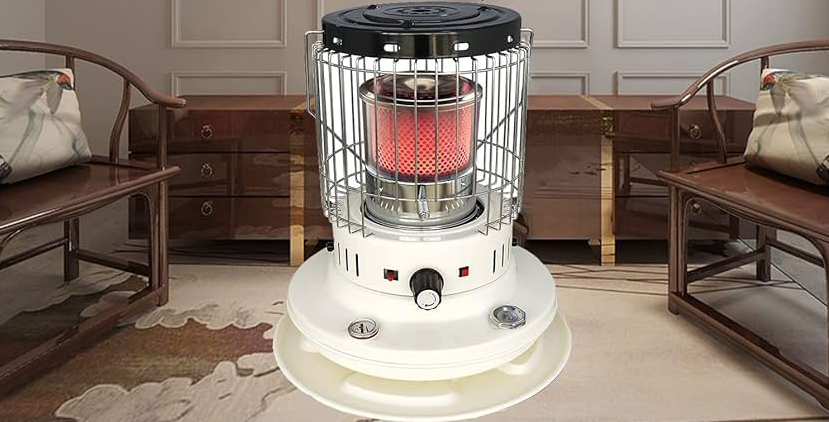
To maintain safe conditions while using a kerosene heater indoors, it is very important to vent a heated room and avoid the risk of asphyxiation due to carbon monoxide poisoning. In addition to creating natural ventilation, you can install a separate venting duct and carbon monoxide indicators.
When kerosene evaporates into the air, it produces toxic fumes, and the odor released can be very strong at times. If the fuel is contaminated, not stored/placed in the wick properly, is incompletely burnt, which gives rise to a foul smell and forms soot.
Proper Placement of the Kerosene Heater
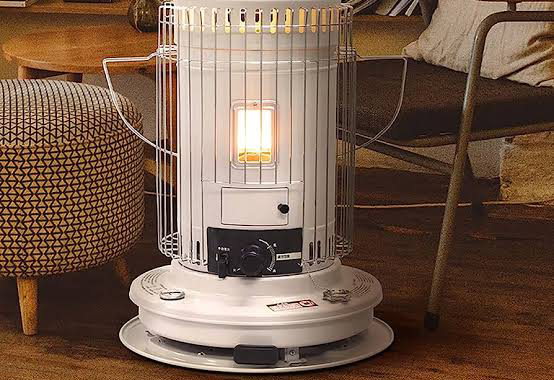
As you already know about asphyxiation, ensure the room is well-ventilated and prevent acidic or alkaline oxide formation that could trigger allergic symptoms, asthma, pneumonia, and lethal cardiovascular issues. So the best location to place a heater would be near the entrance.
Despite the risks involved, kerosene heaters are used for their efficient heat output in garages, barns, domestic applications, and recreational vehicles. While some devices can pose a fire hazard, following safety guidelines can help you use kerosene heaters indoors without any hassle. Besides common defensive policies, it is advisable to service the heater and keep it always clean.
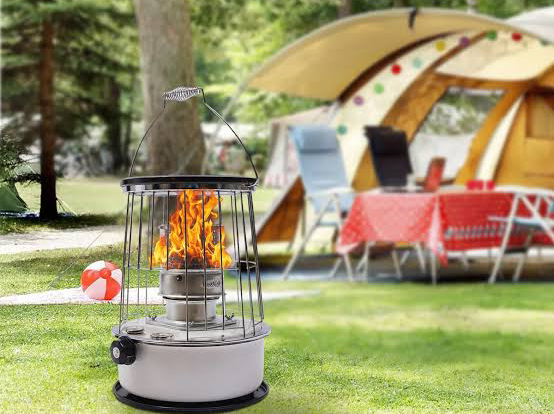
Use the heater in an open-air or aerated space. For smaller areas, use extra ventilation devices and exhaust fans. Place the heater at least three feet away from furniture, bed linens, sofas, curtains, household aerosols, and explosive objects in the garage. Also, be mindful of not putting anything over a heater that may catch fire.
Keep it on a level surface to avoid tilting and overspiling. Ensure to never use the heater in an enclosed space like a cabin or near a closet. Always switch the heater off before you leave the room, and never sleep with the heater on, even if it has an automatic off switch.
After using the heater, let it cool down completely before moving it. Store it in a secure place, away from igniting fluids and fuels. Before you reuse the heater, refill it to the marked position without overspilling, and clean the outdoor area properly.
Additionally, keep the radiator and reflector clean. After every use, measure the wick and clear the upper vents. Also, check the spark ignitor to avoid sudden lighting.
Kerosene Heater: Protections and Precautions

- To protect yourself from hazards, first place the kerosene heater near a door/window. Ensure that it does not get knocked over accidentally.
- Keep fuel tanks, other equipment, and their parts carbon-free. Replace the wick at regular intervals.
- Use a siphon pump to refuel the tank, and never use it when empty. But remember never to fuel a tank while it is in operation.
- Avoid spilling fuel, and if kerosene flows, clean it immediately. Even in emergencies, never substitute the tank with a lower fuel grade.
- Observe toxic fume poisoning signs like nausea, headache, dizziness, and fatigue, and leave the room immediately.
- If fumes ignite the work area, use a fire extinguisher. For further precaution, develop a fire escape strategy in case of emergencies.ch
Moreover, selecting the right heater involves more than just comparing prices. Choosing propane and kerosene heaters for your space requires thoroughly understanding how each heater’s performance and fuel requirements align with your heating goals and lifestyle.
Final Thoughts
Use kerosene heaters indoors with good airflow, open doors and windows in smaller spaces, or with inadequately ventilated areas. Following safety precautions and placing kerosene heaters away from flammable objects, combustibles, pets, and children is one of the practical solutions to heat interior spaces at economical rates. You can also familiarise yourself with the heater in open-air spaces like your patio, backyard, or garden before you think it is safe to bring indoors.
If you are still unsure about bringing the heater inside the house, read the instruction manual to eliminate possible hazards and place the heater near the door for maximum ventilation. To be extra cautious, install a carbon monoxide detector and oxygen depletion sensor to help prevent health issues. For maximum security, you can also work towards maintaining the kerosene heater at regular intervals and keeping all parts in check to repair or replace any damages that might lead to risky situations.
Frequently Asked Questions
Do You Need to Vent Kerosene Heaters?
Kerosene heaters definitely need to be vented when in use. Even after you switch off the burner, keep doors and windows open. In areas without sufficient ventilation, mount additional vents and ducts or use exhaust fans to improve air circulation.
Is It Safe to Leave the Heater on All Night?
Technically, it is not advisable to keep the kerosene heater on all night, and it is definitely prohibited from being used in the bedroom. There are several security risks involved in leaving your heater unattended that may lead to potential health hazards and harm other valuables.

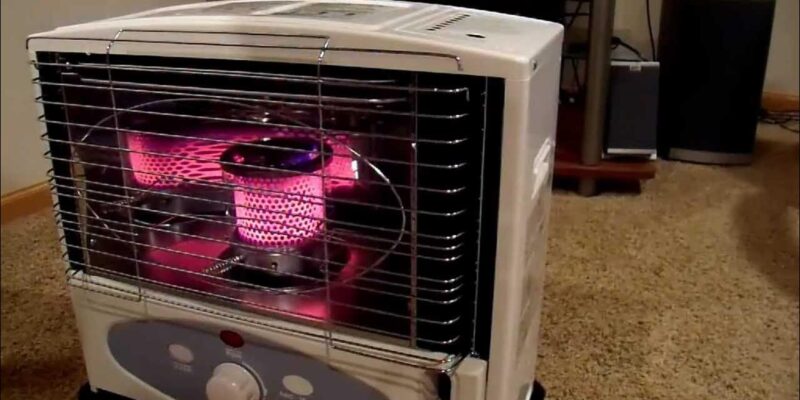

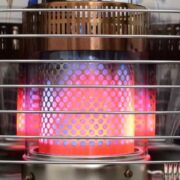
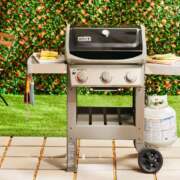
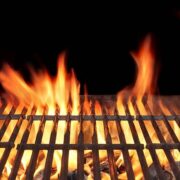


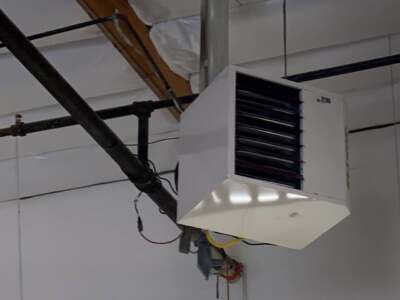
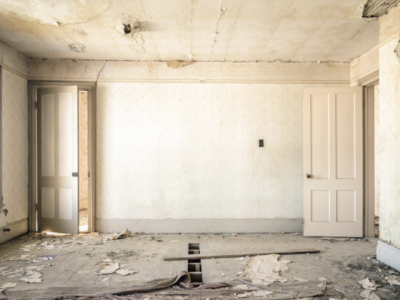
Comments